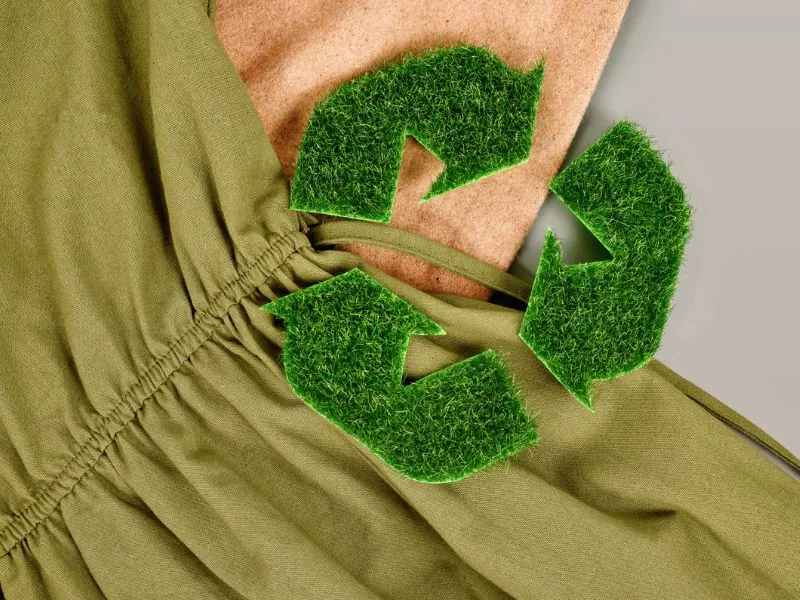Introduction
Eco-friendly fabrics are ideal and offer sustainable alternatives to conventional textiles, thereby minimizing environmental harm. Besides aiding in ethical production too, an eco-friendly fabric such as hemp, organic cotton, and recycled polyester require few resources, pesticides, and use less water.

In this article, we explore much on eco-friendly fabrics, sustainable textiles, the role they play in contributing to a more sustainable fashion industry and where to find factories that produce them in China. Read on to find out the types of eco-friendly fabrics, benefits of using them, and how to choose them for your needs.
What are Eco-Friendly Fabrics?
So, what exactly are eco-friendly fabrics? Environmentally-friendly fabrics are manufactured from renewable, natural, or recycled materials that are known for their low environmental footprint. Unlike conventional fabric, these ones are manufactured using methods that minimize water usage, energy consumption, and chemical treatments.
In the quest for more sustainable fashion choices, finding the right fabric is vital. Eco-friendly fabric choices offer natural sustainable choices, not forgetting that they help in promoting ethical production practices.

Some of the key characteristics of eco-friendly fabricsinclude sustainable sourcing as they are often manufactured using materials derived from some renewable sources such as hemp, recycled cotton, and bamboo. Additionally, these materials used require less water and land, not forgetting that they minimize waste during processing and harvesting.
Besides sustainable sourcing, another key characteristic of eco-friendly fabrics is their low environmental impact. Their production process is energy efficient, have low impact on processes and dyes, and little water usage during manufacturing.
Eco-friendly fabrics are biodegradable and recyclable. A majority of these fabrics are designed in a manner in which they decompose naturally at the end of their cycle, not forgetting that some can be recycled, thereby minimizing waste and the consumption of resources.
Types of Eco-Friendly Fabric
There are several types of environmentally friendly fabrics that you can find in the market. Some of the most common ones include the following:
Organic Cotton
Grown without using synthetic fertilizer and harmful pesticides, organic cottonis one of the best eco-friendly fabric that you can find in the market. It’s one of the most popular choices for sustainable fashion. Organic cotton is biodegradable, breathable, and soft.

Some of the benefits that organic cotton offers as an eco-friendly fabric include being better for the environment, supports sustainable agriculture, and a healthier choice for consumers. Organic cotton is used in clothing, home goods, and creating other eco-friendly alternatives to plastic or polythene packaging.
Hemp
Organic hemp is another highly environmentally friendly fabric known for its sustainability, requiring little water and pesticides. It produces a versatile and durable fabric that’s perfect for several types of clothing. Hemp offers several benefits such as being durable, strong, breathable, and UV-resistant too.
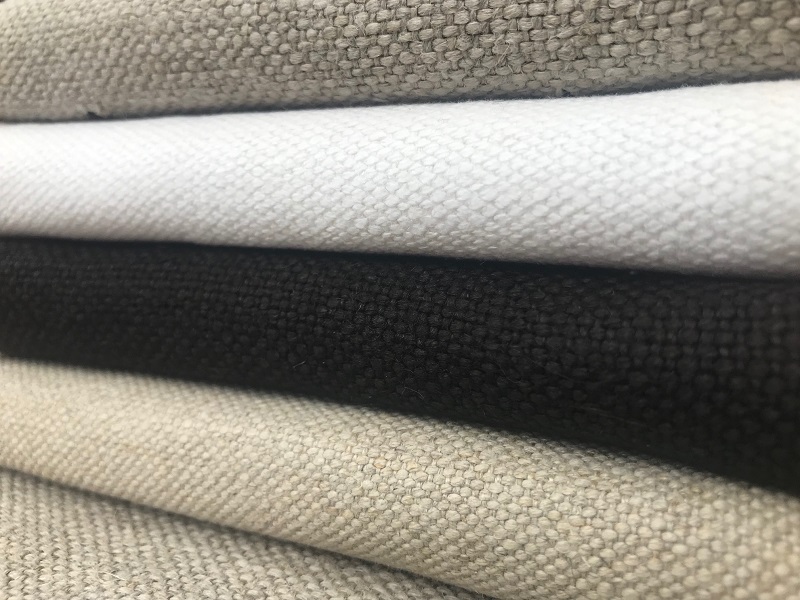
As an eco-friendly fabric, hemp is used in making clothes, home textiles, and some industrial products. Its eco-friendly nature makes it ideal for sustainable products.
Bamboo Fabric
Another natural sustainable fabric that’s lately gaining popularity is bamboo fabric. Made from the pulp of bamboo grass that happens to grow fast, bamboo fabric requires little water and pesticides. The biggest benefit of bamboo fabric is its moisture-wicking and antibacterial properties.

As an eco-friendly fabric bamboo fabric is versatile and used in several products, mainly in home textiles and clothing. Most bamboo fabric factories use it to make popular items such as underwear, bedding, and activewear too.
Tencel (Lyocell)
Also known as Lyocell, Tencel is among the best eco-friendly fabrics and a type of rayon produced from wood pulp. Known for its moisture-wicking properties and softness, tencel is lately gaining popularity in many places across the globe.
Perhaps the biggest benefit of tencel eco-friendly fabric is its eco-friendliness, softness, durability, and breathability. Tencel is widely used in bedding, clothing, home textiles, as well as in activewear and medical applications.

Recycled Polyester
Recycled polyester is also another environmentally friendly fabric produced from discarded clothing, post-consumer plastic bottles, and several other polyester waste. The biggest benefit that accompany recycled polyester is that it reduces over-reliance on petroleum-based resources, reduces landfill waste, and need less water to produce compared to virgin polyester.
Known for its durability and versatility, this eco-friendly fabric has several applications ranging from clothing, outdoor gear, bags, and several other textiles.
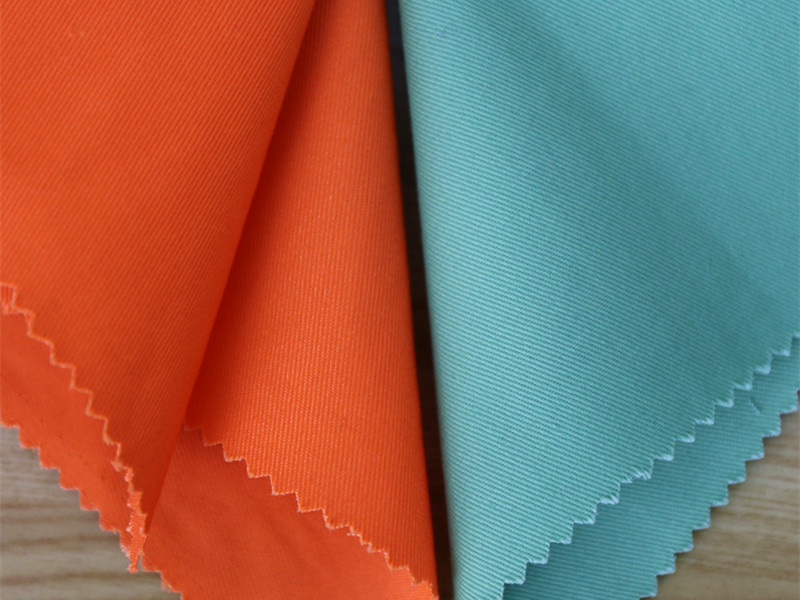
Jute
Finally, we have jute as another eco-friendly fabric manufactured from jute plant, one of the fastest-growing, and renewable resources. Jute requires less pesticides and water compared to cotton, not forgetting that this plant enriches the soil too.
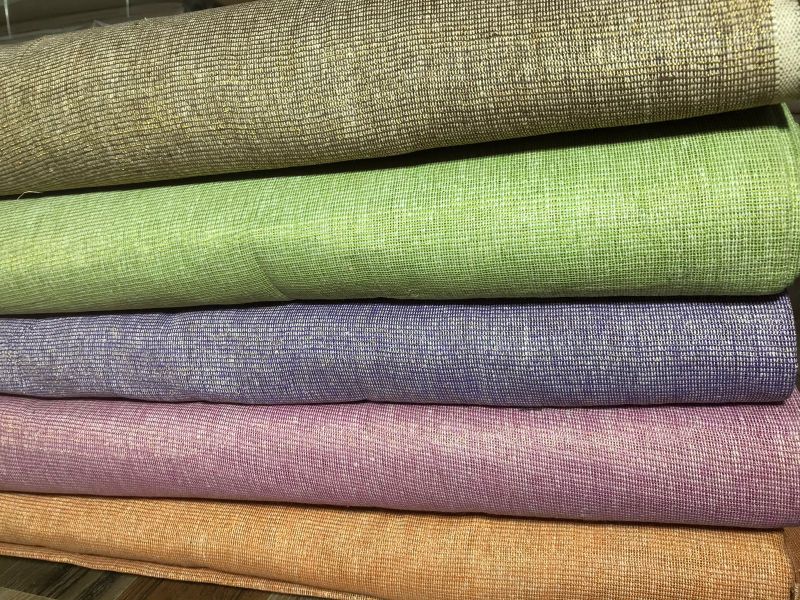
The main applications of this eco-friendly fabricis in upholstery, outdoor gear, clothing, bags, and several other textiles.
Benefits of Choosing Eco-Friendly Fabrics
There are several benefits of choosing natural sustainable fabrics for your daily needs, the most common ones including their environmental impact and consumer health. For the love of the environment, below are some reasons to choose eco-friendly fabrics:
Low Carbon Footprint
Eco-friendly fabrics such as jute and hemp are mostly biodegradable and require less water to produce. By this, such products lead to lower levels of pollution and greenhouse gas emissions. Sustainable fabrics, reduce the depletion of non-renewable resources, promoting use of renewable alternatives.
Water Conservation
As previously mentioned, eco-friendly fabrics require less water to manufacture as opposed to other products such as cotton. As a result, such leads to reduced levels of environmental impacts.
Reduced Chemical Use
Eco-friendly fabricshighly prioritize the use of less synthetic pesticides and harmful substances throughout their production cycle, thereby minimizing their impact on the environment while promoting healthier textiles.
Besides environmental impact, eco-friendly fabrics also promote consumer health in the following ways:
Chemical-Free
Eco-friendly fabrics, especially those manufactured from natural fibers are mostly soft and breathable. This makes them a perfect choice for individuals with sensitive skin.
Breathability
Choosing eco-friendly fabrics offer users numerous benefits, enhanced breathability being one of them. Such ensures enhanced comfort and the overall well-being of the user.
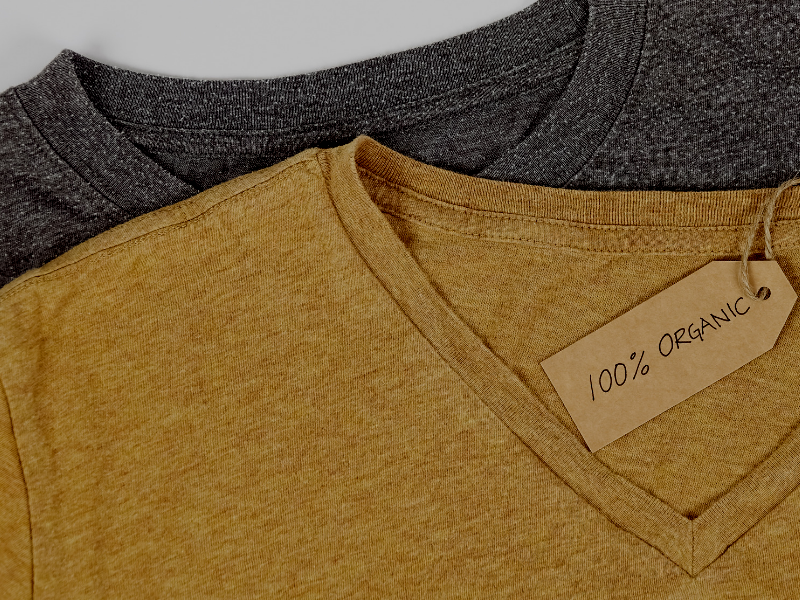
Sustainability
While offering numerous benefits related to human health and environmental protection, eco-friendly fabrics also promote increased ethical and sustainable fashion industry.
How to Choose the Right Eco-Friendly Fabric for Your Needs
Choosing the right eco-friendly fabric for your needs shouldn’t be a tasking experience as such. For your clothing needs, you may want to go for organic cotton for casual wear and bamboo fabric for breathable soft garments. If you’re into sustainable wear, consider tencel fabric.
For your home textile needs, the best eco-friendly natural fabric, especially for beddings, curtains and furniture is organic cotton, hemp, and recycled polyester.
For your business needs, the best natural sustainable fabric is a blend of hemp, tencel, and a blend of organic cotton. These materials offer a good balance of practicability and sustainability. They are versatile, durable, and have little impact on the environment.
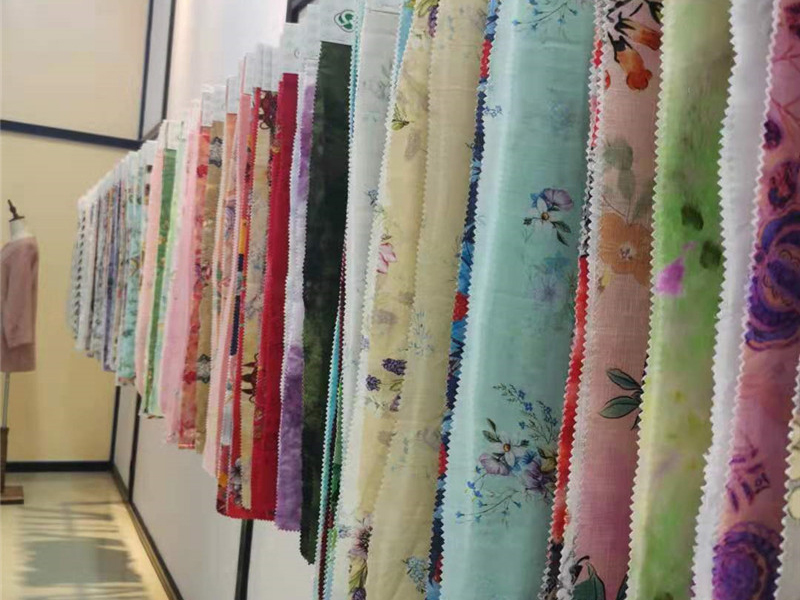
Frequently Asked Questions
What is the most sustainable fabric?
The most sustainable eco-friendly fabrics include the likes of cotton, hemp, lyocell, hemp, and linen.
Is organic cotton really better than conventional cotton?
Absolutely! Organic cotton is one of the best natural sustainable fabric considered ideal in comparison to conventional cotton, primarily due to its potential health benefits and reduced impact on the environment.
What are the benefits of using bamboo fabric?
Bamboo fabric is an environmentally friendly fabric, known for being soft, breathability, hypoallergenic, and moisture-wicking properties.
Are eco-friendly fabrics more expensive?
Yes, eco-friendly fabrics are mostly more expensive when compared to conventional fabrics, primarily due to their ethical production practices and high cost of sustainable materials with reduced harmful substances.
How can I find eco-friendly fabrics for my business?
There are numerous manufacturers of eco-friendly fabric and to get the best, do research and prioritize on fabrics that are manufactured using sustainable materials and ethical standards. Look for those produced using responsible production processes.
Conclusion
Eco-friendly fabricsare lately gaining popularity in many developed and developing countries across the globe. These materials are crucial for reducing the fashion industry’s impact on the environment, thereby helping to promote sustainable practices, while safeguarding the health of consumers.
Opting for innovative materials like eco-friendly fabrics also go a long way in supporting sustainable and ethical production methods, especially across the fashion industry. If you wish to protect the environment while fostering health living, you may want to consider purchasing natural eco-friendly fabrics.
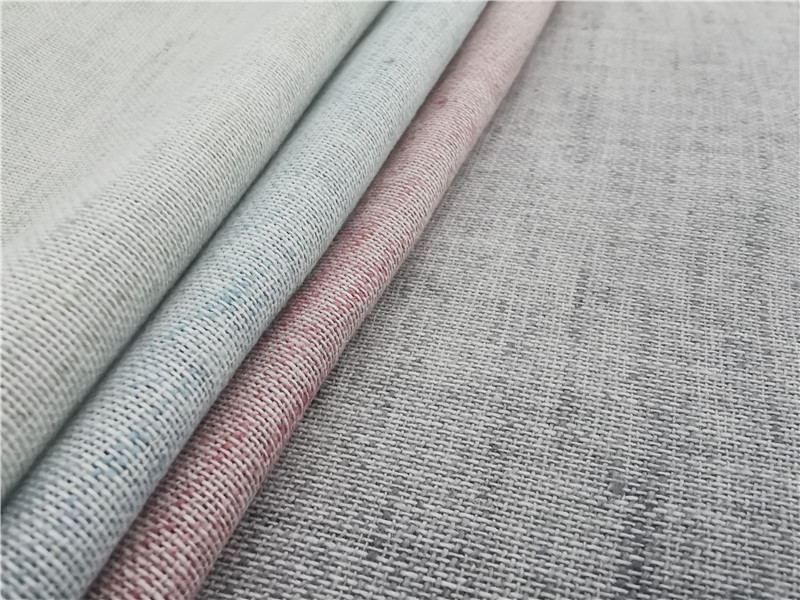
Call to Action
Awareness of sustainability and the potential effects our shopping decisions may have on the environment has grown in recent years. Environmentally friendly fabrics are ideal since most of them use less water and pesticides to produce than other fibers. This textile waste also decomposes without leaving any hazardous leftovers at the end of its useful life because it is biodegradable.
Looking for an eco-friendly fabric manufacturer? If that’s the case, among other things that you may consider doing, making a choice to opt for natural sustainable fabrics for your business or home needs should be one of them. Consider using these sort of fabric as they are biodegradable are don’t harm the environment. Reach out to us for all your eco-friendly fabric solutions.

